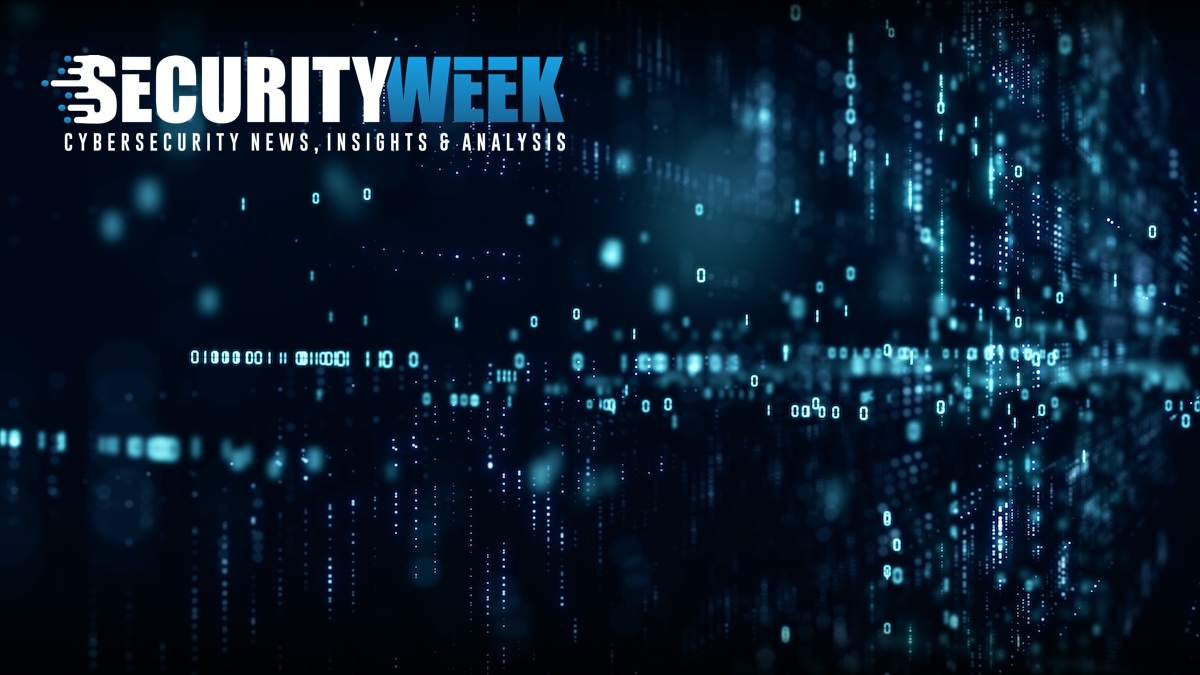The human factor in the industrial metaverse

The virtualisation of factories might ensure additional efficiencies, but it has
the potential to fundamentally alter the human dynamics within an organisation.
With rising reliance on digital tools, it gets challenging to maintain the human
aspects of work. ... Just like evolving innovation is crucial, so is
organisational culture. Leaders must promote a culture that supports agility,
innovation, and continuous learning to ensure success in a virtual factory
environment. This can be achieved by being transparent, encouraging
experimentation, and recognising and rewarding an employee’s creativity and
adaptability. With the rapid evolution of virtual factories employees must
undergo comprehensive training that covers both technical and soft skills to
adapt to the virtual environment. While practical, hands-on exercises are
crucial for real-world application, it’s also important to have continuous
learning with ongoing workshops, online training, and cross-training
opportunities. To further enhance knowledge sharing, establishing mentorship and
peer-learning programs can ensure a smooth transition, fostering a cohesive and
productive workforce.
Challenging The Myths of Generative AI
The productivity myth suggests that anything we spend time on is up for
automation — that any time we spend can and should be freed up for the sake of
having even more time for other activities or pursuits — which can also be
automated. The importance and value of thinking about our work and why we do it
is waved away as a distraction. The goal of writing, this myth suggests, is
filling a page rather than the process of thought that a completed page
represents. ... The prompt myth is a technical myth at the heart of the LLM
boom. It was a simple but brilliant design stroke: rather than a window where
people paste text and allow the LLM to extend it, ChatGPT framed it as a chat
window. We’re used to chat boxes, a window that waits for our messages and gets
a (previously human) response in return. In truth, users provide words that
dictate what we get back. ... Intelligence myths arise from the reliance on
metaphors of thinking in building automated systems. These metaphors – learning,
understanding, and dreaming – are helpful shorthand. But intelligence myths rely
on hazy connections to human psychology. They often conflate AI systems inspired
by models of human thought for a capacity to think.
The New Frontiers of Cyber-Warfare: Insights From Black Hat 2024
.jpg?width=1280&auto=webp&quality=95&format=jpg&disable=upscale)
Corporate sanctions against nations are just one aspect of the broader issue.
Moss also spoke about a new kind of trade war, where nation-states are pushing
back against big tech companies and their political and economic agendas – along
with the agendas of countries where these companies are based. Moss noted that
countries are now using digital protectionist policies to wage what he called "a
new way to escalate." He cited India's 2020 ban on TikTok, which resulted in
China’s ByteDance reportedly facing up to $6 billion in losses. Moss also
discussed the phenomenon of “app diplomacy,” where governments dictate to big
tech companies like Apple and Google which apps are permitted in their markets.
He mentioned the practice of “tech sorting,” where countries try to maintain
strict control over foreign tech through redirection, throttling, or direct
censorship. ... Shifting from concerns over AI to the emerging weapons of cyber
espionage and warfare, Moss, moderating Black Hat’s wrap-up discussion, brought
up the growing threat of hardware attacks. He asked Jos Wetzels, partner at
Midnight Blue, to discuss the increasing accessibility of electromagnetic (EM)
and laser weapons.
5 best practices for running a successful threat-informed defense in cybersecurity

Assuming organizations are doing vulnerability scanning across systems,
applications, attack surfaces, cloud infrastructure, etc., they will come up
with lists of tens of thousands of vulnerabilities. Even big, well-resourced
enterprises can’t remediate this volume of vulnerabilities in a timely fashion,
so leading firms depend upon threat intelligence to guide them into fixing those
vulnerabilities most likely to be exploited presently or in the near future. ...
As previously mentioned, a threat-informed defense involves understanding
adversary TTPs, comparing these TTPs to existing defenses, identifying gaps, and
then implementing compensating controls. These last steps equate to reviewing
existing detection rules, writing new ones, and then testing them all to make
sure they detect what they are supposed to. Rather than depending on security
tool vendors to develop the right detection rules, leading organizations invest
in detection engineering across multiple toolsets such as XDR, email/web
security tools, SIEM, cloud security tools, etc. CISOs I spoke with admit that
this can be difficult and expensive to implement.
Let’s Bring H-A-R-M-O-N-Y Back Into Our Tech Tools

The focus of a platform approach is on harmonized experiences: a state of
balance, agreement and even pleasant interaction among the various elements and
stakeholders involved in development. There needs to be a way to make it easy
and enjoyable to build, test and release at the pace of today’s business without
the annoying dependencies that bog down developers along the way — on both the
application and infrastructure sides. I believe tool stacks and platforms that
use a harmony-focused method can even bring the fun back into development. ...
Resilience refers to the ability to withstand and recover from failures and
disruptions, and you can’t follow a harmonized approach without it. A resilient
architecture is designed to handle unexpected challenges — be they spikes in
traffic, hardware malfunctions or software bugs — without compromising core
functionality. How do you create resiliency? Through running, testing and
debugging your code to catch errors early and often. Building a robust testing
foundation can look like having a dedicated testing environment and ephemeral
testing features.
Cybersecurity Maturity: A Must-Have on the CISO’s Agenda

The process of maturation in personnel is often reflected in the way these teams
are measured. Less mature teams tend to be measured on activity metrics and KPIs
around how many tickets are handled and closed, for example. In more mature
organisations the focus has shifted towards metrics like team satisfaction and
staff retention. This has come through strongly in our research. Last year 61%
of cybersecurity professionals surveyed said that the key metric they used to
assess the ROI of cybersecurity automation was how well they were managing the
team in terms of employee satisfaction and retention – another indication that
it is reaching a more mature adoption stage. Organizations with mature
cybersecurity approaches understand that tools and processes need to be guided
through the maturity path, but that the reason for doing so is to serve the
people working with them. The maturity and skillsets of teams should also be
reviewed, and members should be given the opportunity to add their own input.
What is their experience of the tools and processes in place? Do they trust the
outcomes they are getting from AI- and machine learning-powered tools and
processes?
What can my organisation do about DDoS threats?

"Businesses can prevent attacks using managed DDoS protection services or
through implementing robust firewalls to filter malicious traffic and deploying
load balancers to distribute traffic evenly when under heavy load,” advises
James Taylor, associate director, offensive security practice, at S-RM. “Other
defences include rate limiting, network segmentation, anomaly detection systems
and implementing responsive incident management plans.” But while firewalls and
load balancers may stop some of the more basic DDoS attack types, such as SYN
floods or fragmented packet attacks, they are unlikely to handle more
sophisticated DDoS attacks which mimic legitimate traffic, warns Donny Chong,
product and marketing director at DDoS specialist Nexusguard. “Businesses should
adopt a more comprehensive approach to DDoS mitigation such as managed
services,” he says. “In this setup, the most effective approach is a hybrid one,
combining cloud-based mitigation with on-premises hardware which be managed
externally by the DDoS specialist provider. It also combines robust DDoS
mitigation with the ability to offload traffic to the designated cloud provider
as and when needed.”
How Aspiring Software Developers Can Stand Out in a Tight Job Market: 5 FAQs
While technical skills are critical, the ability to listen to clients,
understand their problems and translate technical information into simple
language is also important. Without reliable soft skills, clients may doubt your
ability to address their needs. Employers also want candidates who can
collaborate and work effectively in a team setting. This involves taking
initiative, having strong written and verbal communication skills and being
proactive about sharing status updates. Demonstrate these skills by discussing
how you applied them in college extracurriculars or in the classroom as part of
group project work, and how you plan to apply them in the workplace. In a highly
competitive job market, doing so may set you apart from other candidates who
offer similar technical backgrounds. ... Research the company before applying
for a role so you're prepared with thoughtful questions for your interview. For
example, you might want to ask about the new hire onboarding process,
professional development opportunities, company culture or specific questions
regarding a project the interviewer has recently worked on.
Bridging the AI Gap: The Crucial Role of Vectors in Advancing Artificial Intelligence

Vector databases have recently emerged into the spotlight as the go-to method
for capturing the semantic essence of various entities, including text, images,
audio, and video content. Encoding this diverse range of data types into a
uniform mathematical representation means that we can now quantify semantic
similarities by calculating the mathematical distance between these
representations. This breakthrough enables “fuzzy” semantic similarity searches
across a wide array of content types. While vector databases aren’t new and
won’t resolve all current data challenges, their ability to perform these
semantic searches across vast datasets and feed that information to LLMs unlocks
previously unattainable functionality. ... We are in the early stages of
leveraging vectors, both in the emerging generative AI space and the classical
ML domain. It’s important to recognise that vectors don’t come as an
out-of-the-box solution and can’t simply be bolted onto existing AI or ML
programs. However, as they become more prevalent and universally adopted, we can
expect the development of software layers that will make it easier for less
technical teams to apply vector technology effectively.
AI Can Reshape Insight Delivery and Decision-making
Moving on to risk, Tubbs shares that AI plays a pivotal role in the
organizational risk mitigation strategy. With AI, the organization can identify
potential risks and propose countermeasures that can significantly contribute to
business stability. Therefore, Visa can be proactive in fighting fraud and
risks, specifically in the payment landscape. Another usage of AI at Visa is in
making real-time decisions with real-time analytics. Given the billions of
transactions a month, real-time analytics enable the organization to comprehend
what the transactions mean and how to make prompt decisions around anomalous
behavior. AI also fosters collaboration in the ecosystem and organization by
encouraging different teams to work towards a shared objective. Summing up, she
refers to the cost-saving aspect of AI and maintains that Visa is driven to
automate processes that have taken a significant amount of time historically.
Shifting to the other side of good AI, Tubbs affirms that AI can also be used by
fraudsters for nefarious reasons. To avoid that, Visa constantly evaluates its
models and algorithms. She notes that Visa has a dedicated team to look into the
dark web to understand the actions of fraudsters.
Quote for the day:
"Successful and unsuccessful people do
not vary greatly in their abilities. They vary in their desires to reach their
potential." -- John Maxwell
No comments:
Post a Comment